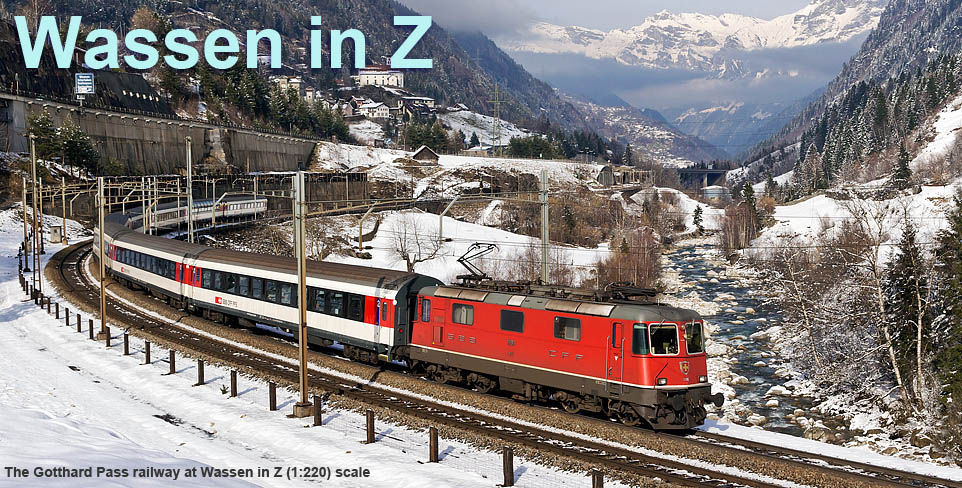Well I
think they're called SGNSS wagons. When it comes to modern European wagons, there seem to be many, many, many class variations with an alphabet soup of letter combinations. Each letter means something with respect to length, loading gauge, capacity and so forth... so if you know the UIC codes, you know that this wagon is for your application. All I remember is that S usually means some sort of bogie flat or covered-flat wagon.
But I digress... this time I'll try to remember to take some pictures.
I started with that black Marklin chassis from last time, extracted from under one of these red sliding covered wagons as above.
Popped the bogies off and got filing with my fairly primitive file - by hand and with no vice since were still in covid-lockdown here and my vice is at the other end of town... I'm not sure that would be an 'essential journey'.
No matter, it didn't take as long as I remembered. Incidentally I found the Dremel useless for this task, but may have been using the wrong grindy-thing.
As with last time, I filed down the sides until I was into the 'twist lock dimples' cast into the wagon top (those with good eyes might can see the left edge has been thinned inwards in the image above).
As these wagons are 60 feet long, and I still have a few 40 foot containers ex AZL and Microtrains US doublestack cars, a cunning plan was hatched to do something different at the 20-foot end this time and build a 20 foot collapsable 'flat rack' open container to fill it. Something like this, as stolen from the World Wide Image Repository:
In the image below you can see this starting to take shape at the top of the pic.
The black 20-foot base is half of the ribbed bottom insert from the grey 40-foot Maersk container, and the ends are squares cut out of Plastruct ribbed sheet from my plastic bag full of plastic bits. I faced the ribbed side of the sheet ''inwards' as they will be seen more easily from inside the wagon. One outside face of the flatpack ends can remain plain, as it will be hidden by the 40-footer, the other plain end will be exposed at the end of the wagon so I scribed 7 vertical lines into it as can be seen in the pic. You might squint and see that one of my lines went off into the wilderness so I smoothed it down and hope the paint will hide it enough.
As can be seen above, the 'ends' of the 40 foot container were once again cut away at the bottom (or the top side here as it's upside down in that pic) to allow the container sides to hang down over the Marklin flat car chassis. The metal chassis is too thick to perch containers on top of convincingly, so this makes the wagon look thinner and the containers look like they are sitting much closer to the rails. The flat rack will be built with sides that hang down as well for the same effect.
Once the wagon had been thinned enough to fit snugly between the container sides, it was primed and set aside. Otherwise I would have finished the wagon today!
The flat rack was supposed to be a quick and dirty job but it started to look reasonably decent, so I perched some twist lock housings on the top corners and used I-beam Plastruct with one edge filed down (to turn it into a tall C-channel) as the sides - the bit that hangs down over the thinned wagon chassis.
Some miscellaneous details and ribs were added into that C-channel and the whole thing was painted with a made-up shade of blue and weathered with washes and dry-brushed browns and greys.
To represent a load, Plastruct round rod about 3mm in diameter was painted brown to represent pipes, cut into 2cm lengths, and these were carefully stacked and glued with dots of white PVA onto four short cross-pieces of stained stripwood.
This can be seen under construction above. The icing on the tiny cake was provided by some stripped electrical wire, which revealed many strands of very fine wire. I grabbed two of these and twisted them up into a silver rope. This can be seen in the bottom-right corner above.
Two of these ropes were wound around the load and twisted together underneath. The whole shebang was glued down to the blue flat rack.
Rust-coloured weathering chalks were splotched on the pipes for effect.
She's looking good, Vern.




























